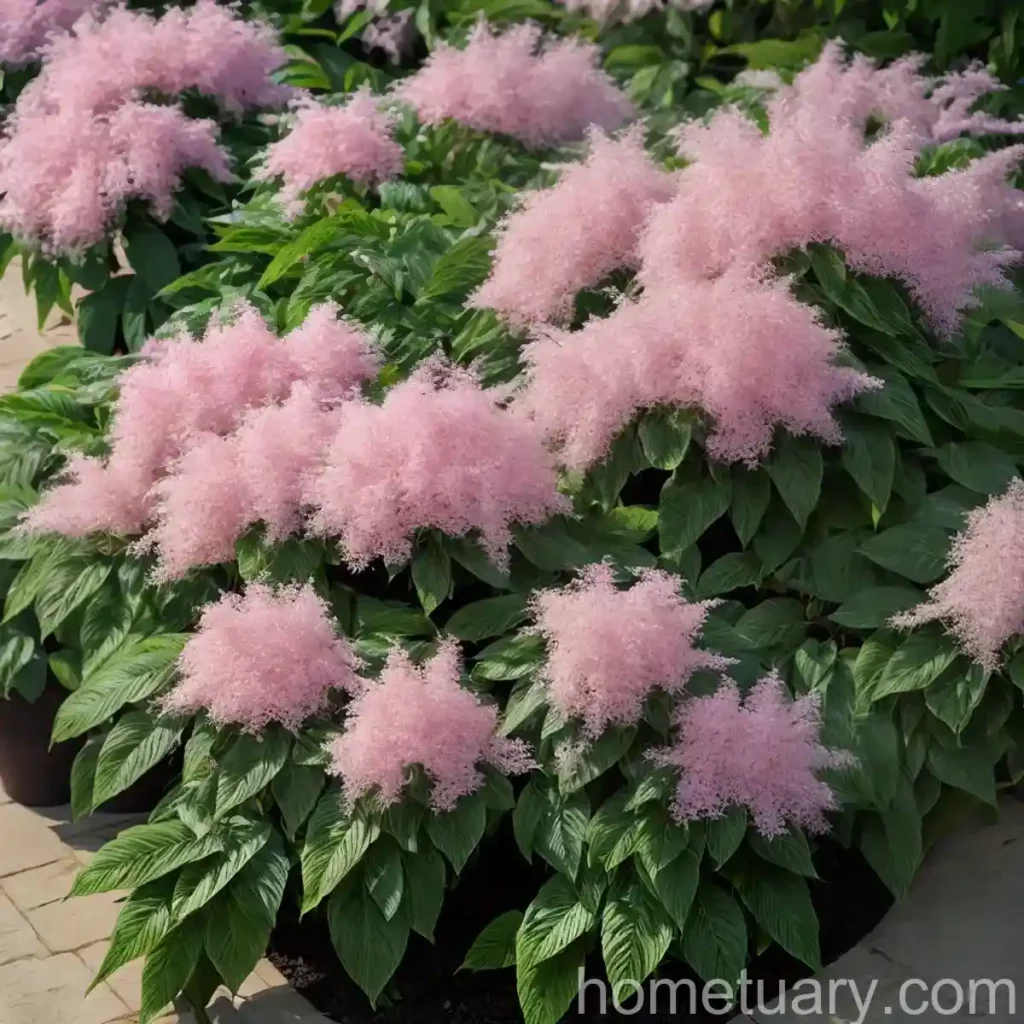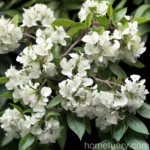The Beauty of Beauty Bush (Kolkwitzia amabilis)
What is the Plant: Beauty Bush (Kolkwitzia amabilis)
The Kolkwitzia amabilis, commonly known as the Beauty Bush, is a deciduous shrub that belongs to the Caprifoliaceae family. This plant is native to central China, where it thrives in mountainous regions, and it is esteemed for its stunning floral display. The Beauty Bush is known for its graceful arching branches adorned with an abundance of delicate, bell-shaped flowers that bloom in late spring to early summer, attracting an array of pollinators, including bees and butterflies.
The Beauty Bush reaches a height of 6-10 feet and has a spread of 6-8 feet, making it a medium-sized shrub that can serve as a fantastic addition to various landscapes. Its arching branches create an elegant and distinctive form, enhancing the aesthetic appeal of gardens and landscapes.
There are a few varieties of Kolkwitzia amabilis available, including the ‘Pink Cloud’ and ‘Maradco’ (Dream Catcher) cultivars, which offer unique colors and growth habits.
This blog post aims to provide comprehensive insights into the cultivation, care, and utilization of the Beauty Bush, covering its cultural requirements, uses, maintenance guidelines, common diseases and pests, propagation techniques, and other critical aspects that are fundamental to fostering the growth and prosperity of this captivating shrub.
Key Takeaways – Beauty Bush (Kolkwitzia amabilis)
Culture
- Hardiness: The Beauty Bush is well-suited for zones 4-8, making it adaptable to a broad range of climatic conditions.
- Growth Habit: With its arching and spreading growth habit, the Beauty Bush brings an elegant and graceful presence to landscapes.
- Bloom Time: This shrub graces gardens with its stunning display of bell-shaped flowers in late spring to early summer.
- Foliage: The foliage of Kolkwitzia amabilis adds interest to the landscape with its vibrant green color and distinct leaf shape.
Uses
- Ornamental Value: The Beauty Bush serves as an excellent ornamental shrub, contributing to the aesthetic appeal of gardens and landscapes.
- Wildlife Attraction: The nectar-rich flowers of the Beauty Bush attract pollinators, making it a beneficial addition to wildlife-friendly gardens.
- Landscape Design: This shrub can be utilized in various landscape designs, including mixed borders, cottage gardens, and woodland gardens.
- Indoor Cultivation: The Beauty Bush can be grown in containers, allowing for indoor cultivation to bring its beauty closer to home.
Water
- Watering Requirements: Beauty Bush typically requires regular watering during its establishment phase and in periods of drought, ensuring that the soil remains consistently moist.
Sunlight
- Sun Exposure: This shrub thrives in full sun to partial shade, requiring adequate sunlight for optimal growth and abundant flowering.
Fertilizer
- Feeding: Applying a balanced fertilizer in spring can enhance the growth and flowering of the Beauty Bush, providing essential nutrients for its development.
Soil
- Preferences: The Beauty Bush prefers well-drained soil and can adapt to various soil types, making it a versatile addition to different garden settings.
Pruning
- Maintenance: Pruning can help manage the shape and size of the Beauty Bush, promoting a tidy appearance and encouraging prolific flowering.
Propagation
- Techniques: Kolkwitzia amabilis can be propagated through methods such as softwood cuttings and layering, enabling gardeners to propagate new plants with ease.
Container Popularity
- Container Gardening: The Beauty Bush can be grown in containers, allowing for flexible placement and cultivation in urban gardens and small spaces.
Common Diseases
- Resilience: The Beauty Bush is generally resilient against diseases, but it may be susceptible to certain fungal issues under unfavorable growing conditions.
Disease Diagnosis
- Identification: Monitoring the foliage and overall health of the plant can aid in the early detection and management of potential diseases that may affect the Beauty Bush.
Common Pests
- Vigilance: While the Beauty Bush is not highly prone to pest infestations, it may encounter occasional issues with aphids or scale insects.
Botanist’s Tips
- Expert Insights: Botanists recommend providing the Beauty Bush with adequate moisture, regular pruning, and appropriate sunlight exposure to promote its vigor and floral abundance.
Fun Facts
- Historical Significance: The Beauty Bush was named after Richard Kolkwitz, a renowned German botanist, acknowledging his contributions to the field of plant taxonomy.
Links to External Resources
- The Royal Horticultural Society (RHS) – Kolkwitzia amabilis
- Missouri Botanical Garden – Beauty Bush Overview
- University of Florida IFAS Extension – Beauty Bush Care Guide
This comprehensive guide aims to equip plant enthusiasts and horticulturists with valuable insights into the cultivation and care of the Beauty Bush, empowering them to harness the full potential of this captivating shrub in various garden settings.















